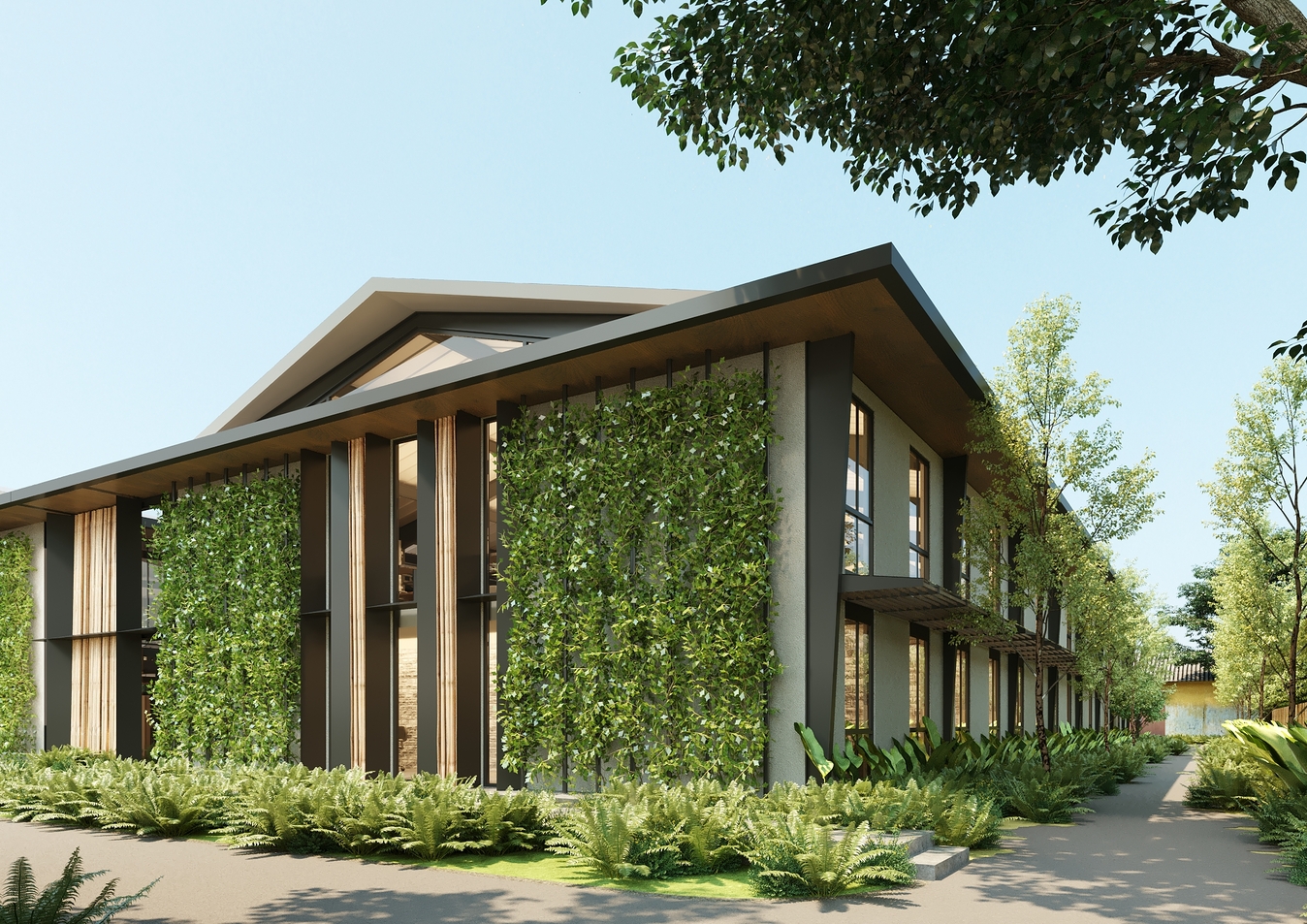Bioclimatic Architecture: The Future of Sustainable Design
Paving the Way for a Sustainable Future
Bioclimatic architecture is the future of sustainable design, offering innovative solutions that harmonize buildings with their natural environments. The absence of bioclimatic architecture leads to increased energy consumption, higher operational costs, and environmental degradation. This article delves into the importance of bioclimatic architecture and its transformative impact on the built environment.

bioclimatic architecture
The Key to Sustainable Living
Bioclimatic architecture is essential for creating energy-efficient, environmentally friendly buildings. It integrates natural resources and climatic conditions into the design, reducing the reliance on artificial heating, cooling, and lighting. By embracing bioclimatic architecture, you ensure a sustainable, cost-effective, and comfortable living environment.
Steps to Implement Bioclimatic Architecture
- Site Orientation: Proper site orientation maximizes natural light and ventilation, reducing the need for artificial lighting and HVAC systems.
- Natural Ventilation: Designing buildings with cross-ventilation and airflow management helps maintain indoor air quality and thermal comfort without excessive energy use.
- Solar Energy Utilization: Integrating solar panels and passive solar design elements harnesses renewable energy, lowering electricity costs and carbon footprints.
- Thermal Insulation: Using high-quality insulation materials prevents heat loss in winter and keeps interiors cool in summer, enhancing energy efficiency.
- Green Roofs and Walls: Implementing green roofs and living walls improves building insulation, reduces urban heat islands, and enhances biodiversity.
- Water Conservation: Utilizing rainwater harvesting and greywater recycling systems promotes efficient water use, essential for sustainable living.
Integrating bioclimatic architecture with timber lodges or tents ensures energy efficiency, reduced environmental impact, and enhanced comfort. By utilizing natural ventilation, solar energy, and sustainable materials, these lodges become self-sufficient and environmentally friendly.
Conclusion
Bioclimatic architecture offers numerous benefits, including energy efficiency, cost savings, and environmental protection. It represents the future of the architectural industry, balancing modern living needs with ecological responsibility. Ready to transform your building projects?
Contact us today to discover more solutions to revolutionize your designs.




